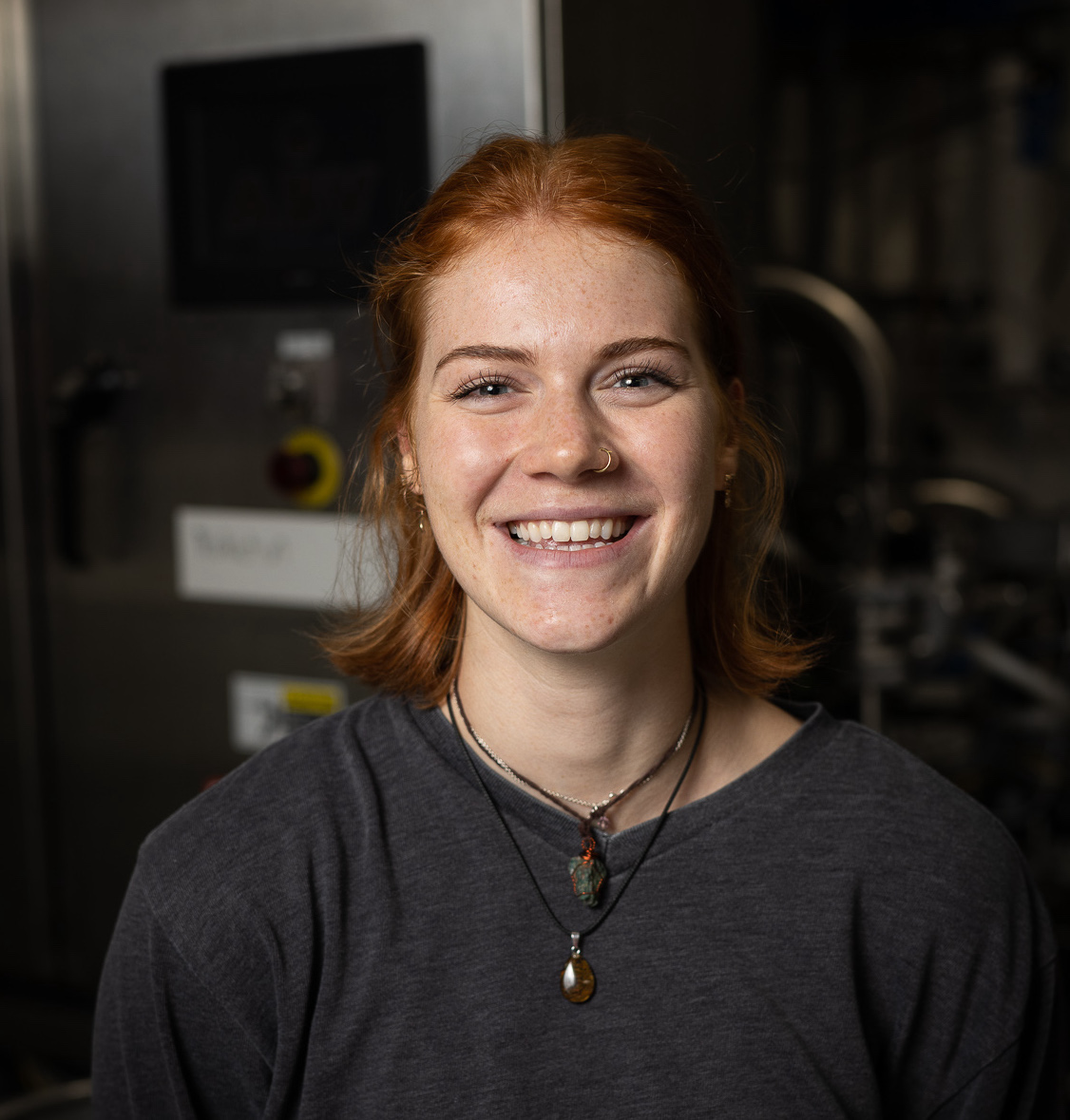Research
My research interests for graduate school lie in the development of computational methods and machine learning algorithms for increased understanding of electrochemical systems. With increasing demand for renewable power sources in response to the current global climate crisis, there is a need for rapid growth in the electrocatalyts that are used in the relevant energy-related electrocatalytic reactions. Efficient development of electrocatalysts relies greatly on the fundamental understanding of the interactions at the interface of the catalyst. Methods for computational electrocatalysis remain in their infancy relative to thermo-catalysis, with a key intellectual gap in the understanding of the behavior of molecules, solvent, and surfaces at that electrochemical interface. The development of computational methods in this field can bring about rapid change and development in the understanding of electrocatalysts for applications that have positive impacts in the field of renewable energy.
Circumfluence of Programmable Catalytic Loops

Catalytic resonance theory introduces the idea of catalyst modulation to yield turnover frequencies that exceed the Sabatier maximum, the static catalyst maximum rate. As many surface chemistries are comprised of networks of elementary steps, it is proposed that the presence of catalyst oscillation provides energy to overcome the principle of microscopic reversibility within the reactive loop, inducing a net flow of surface species about the loop. I use microkinetic modeling to simulate the loop surface reaction on a dynamic catalyst surface. Once the process is determined to have reached steady state, I analyze the system for it’s non-equilibrium periodic solution of modulating surface coverages and elementary rates. The periodic solution is reflective of the oscillatory change in catalyst state and, through flux analysis, yields a quantitative output for the rate at which surface species circumfluence about the loop, defined as the loop turnover frequency.
